I know, I know: There is so much to explore in Venice’s Centro Storico, the historic center, that adding yet another beautiful place seems crazy. But believe me: If you set sail to spend a day on the island of Burano, you won’t regret it – since it will add some very unique colors to your visit to Venice.
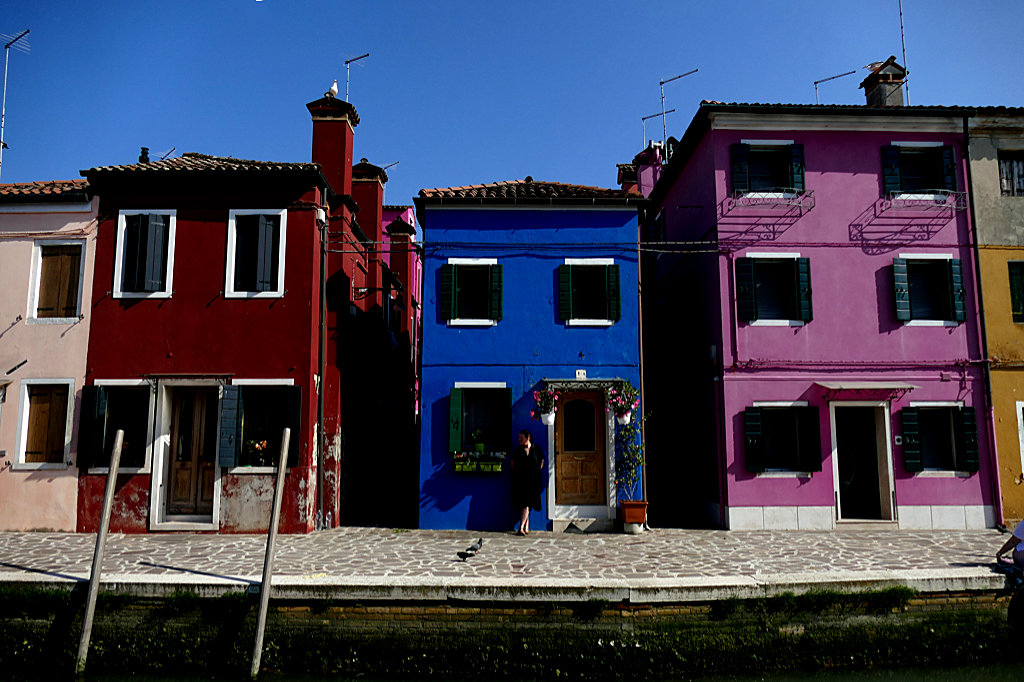
Going Back in Time: Burano’s History
Although Burano was already mentioned in 840, it remained a rather insignificant fishing island until the late Middle Ages. At that time, even Torcello and the neighboring island of Mazzorbo were more significant.
Together with its neighbors, Burano supported the Venetian admiral Vettor Pisani in the fight against the Genoese who had invaded the lagoon in 1378. In 1479, 50 Buranese men were called up for the defense of the Albanian Scutari against the Ottomans. Mind you, large parts of southeast Europe were under Venetian rule for centuries.
Despite major economic and political problems, Torcello remained more influential until the end of the 17th century.
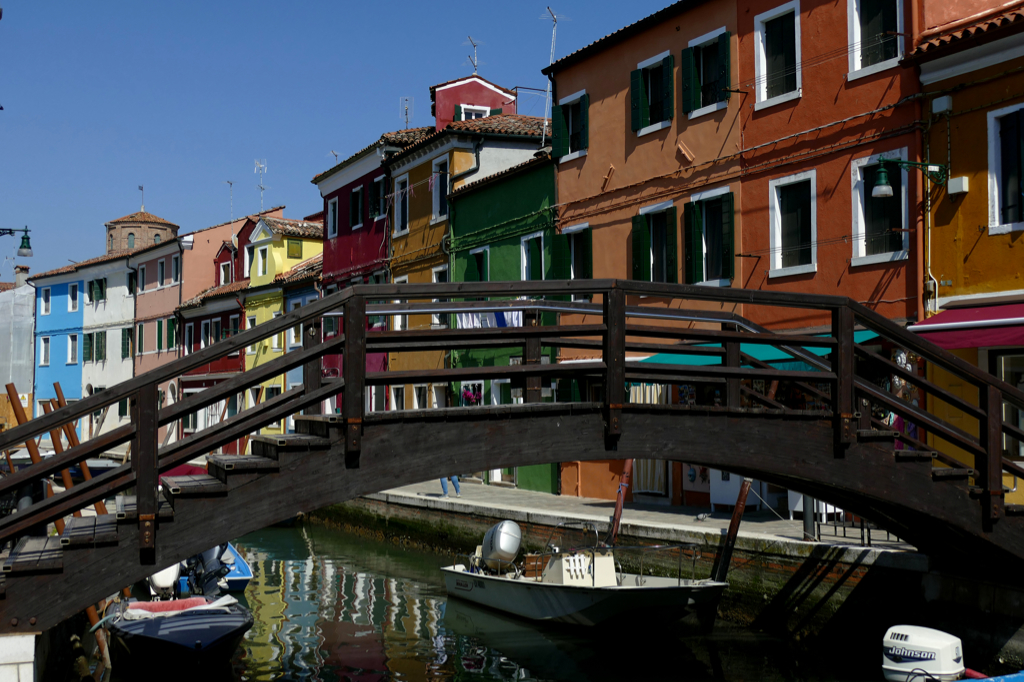
Protecting Venice’s economic interests, fishing was heavily regulated although it was Burano’s main source of income. For instance, Buranese were only allowed to sell their catch on their own island and at the Rialto market. Trade with the mainland was banned. Obviously, this led to illegal business and smuggling. At some point, Venice considered the security situation so pressing that Burano was divided into four quarters. It was prohibited to leave those by boat after dark under penalty of death. Hence, it’s no wonder that there were only two wealthy families on the island of Burano. The major part of the inhabitants were rather poor fishermen.
The Times They Are A-Changin’
With Napoleon’s conquest of the Republic of Venice, Burano was turned into a commune belonging to a Venetian district. The church institutions were dissolved, which caused further economic difficulties.
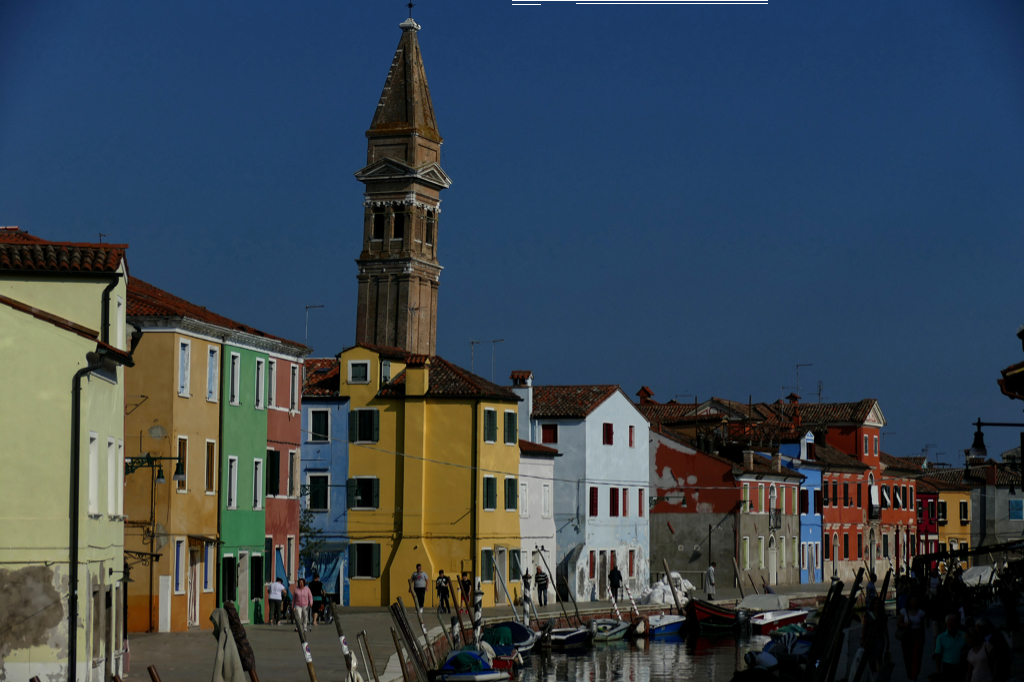
Nevertheless, men on Burano continued to make a living from fishing, while women dedicated themselves to lace embroidery. As a matter of fact, the lace school Scuola di Merletti picked up on this craft. Since 1872, it has created masterful copies of old patterns and techniques.
At the end of the 19th century, the industrialization on the neighboring mainland of Mestre made the traditional professions uneconomic and therefore meaningless. Also, in 1907, the last salt mine in the Venetian lagoon near Burano was closed down. They had been one of the most important sources of income since the early Middle Ages.
Finally, in 1924, Burano became formally part of the municipality of Venice – despite the strong opposition of its residents.
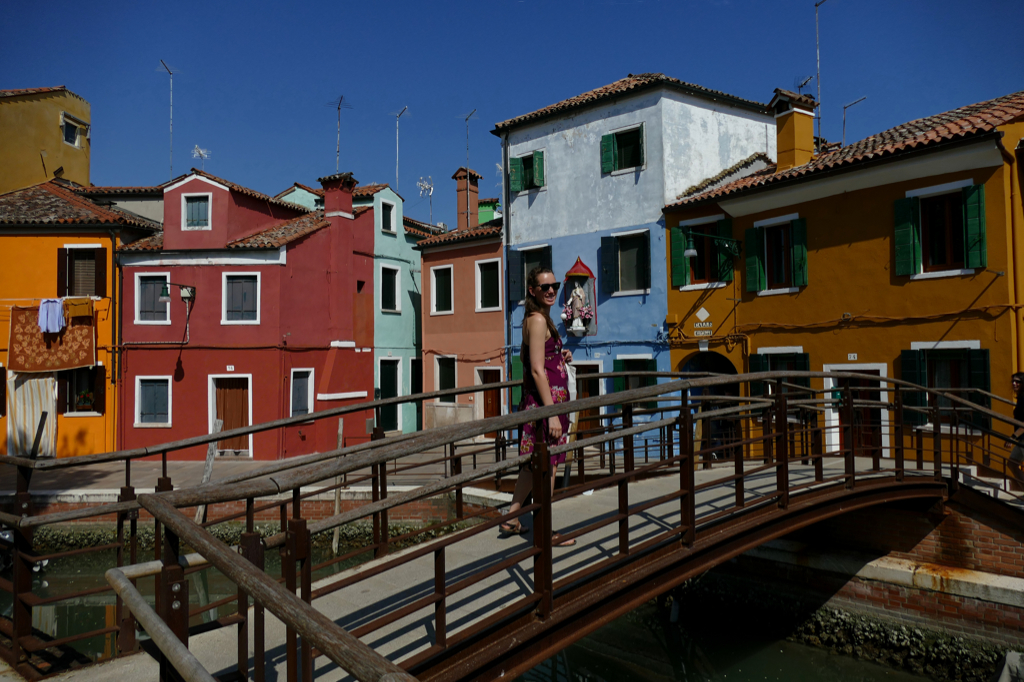
Burano is located less than 10 kilometers northeast of Venice’s Centro Storico. Just like its big sisters Venice and Murano, it is a group of small isles that are connected by bridges.
As a matter of fact, with an area of more than 21 hectares, Burano is one of the larger and with over 2700 inhabitants one of the most densely populated islands in the Venice Lagoon.
Needles and Pins
As I’ve mentioned above, what glass is to Murano, lace and embroidery are to Burano, namely, their signature product.
There are different unique traditional techniques. In creating the so-called Reticella, firstly, threads are pulled out of the fabric in a double opening. Eventually, the created webs are embroidered with a buttonhole stitch. Then, the holes are filled with diagonal threads, which in turn are embroidered, too.
Using the so-called Punto in Aria technique, so many threads are stripped from the fabric that almost no base is left. Consequently, Punto in Aria translates to embroidery in the air.
Also, there is the fine Needle Lace. Here, the pattern is drawn on parchment, and the lines are covered with threads. These form the basis of the lace. This basic grid is mostly embroidered and the areas in between are filled. As the work is completed, the parchment is removed and only the tender lace remains.
In the past, needlework from Burano was exported at high prices. It even led to an economic heyday at the end of the 18th century. Then, by the middle of the 19th century, this art had fallen into oblivion.
However, the Scuola di Merletti lace school was founded in Burano in 1872. Here, the traditional techniques were handed down and passed on. This way, masterful copies and reproductions of all needlework techniques were created.
Today, the palace, which was the seat of the famous Burano Lace School from 1872 to 1970, houses the Museum of Lace. Re-opened to the public in 2011, it introduces the history of local lace-making and showcases many rare and precious pieces.
For a general entrance fee of 5 €uros, you can visit it from Tuesday to Sunday between 10 a. m. and 4 p. m. at the Piazza Baldassarre Galuppi 187.
Touring Burano
As a matter of fact, the Museum of Lace is one of the very few classic tourist attractions on Burano. Yet, the island is a tourist magnet due to the houses in bold colors lining the alleys and jetties.
Burano is said to be the most colorful island in the world. This might be true for islands, however, I’ve been to places as colorful as Burano like for instance the Colombian towns of Salento or Guatapé. Nevertheless, this doesn’t make Burano any less beautiful, there is enough space for tons of colors in this world.
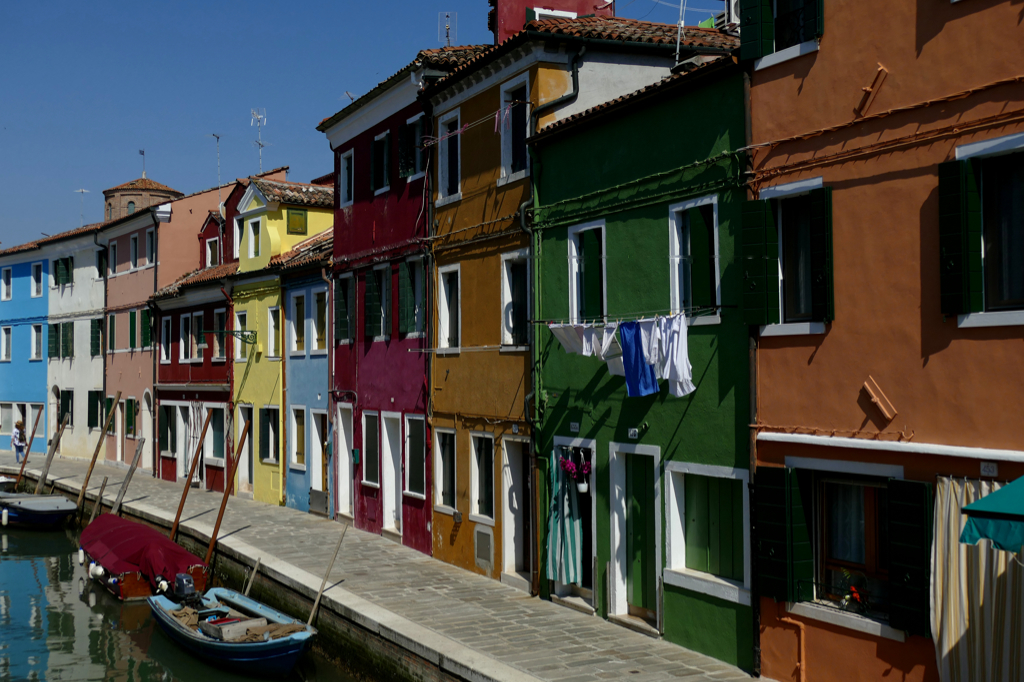
Legend has it that the color of the houses was used by the fishermen for orientation. They used the coloring to identify their island and also their home when it was foggy or after a night out with the guys. Well, I totally get them. Not because I’m drinking but because I have no sense of orientation whatsoever. If it were for me, every city in the world should follow this scheme.
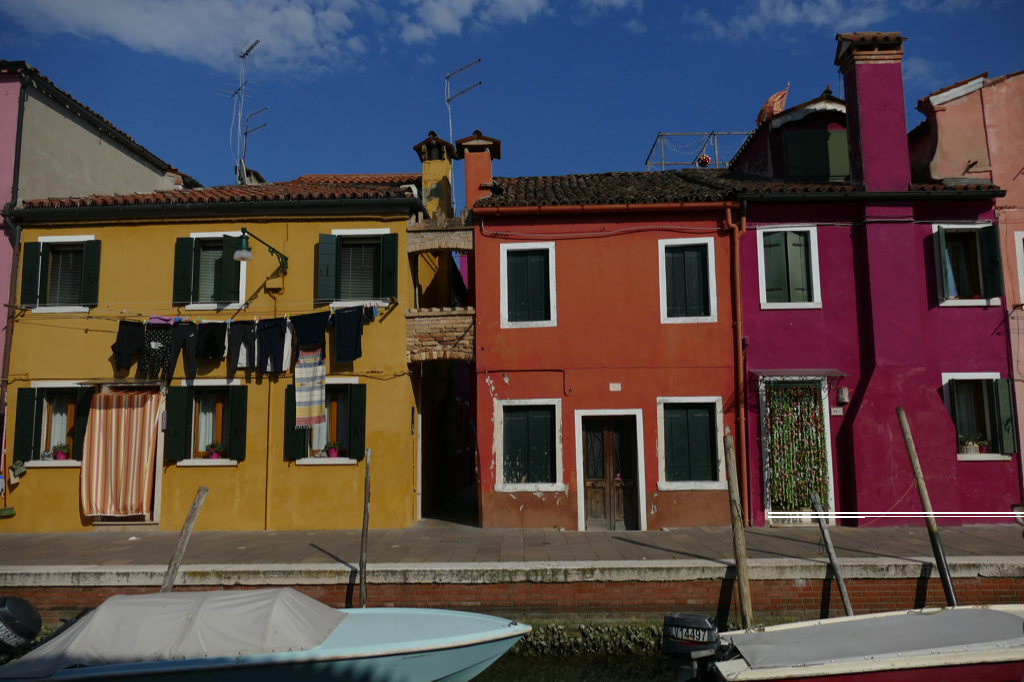
While due to this concept of bright colors, basically, every home is a landmark in Burano, there are three houses that even stand out a bit more.
Most Colorful Trio
Giuseppe Toselli aka Bepi Suà ran a cinema in Burano until the late 1950s. He later acquired a concession to sell sweets on the street, earning him the nickname Suà. He also opened a kind of open-air cinema in front of his house. Soon his home became a hybrid of studio and archive. The real attraction, however, is the exterior walls of the house. In the 1960s, Toselli began decorating the facade with geometric patterns in Burano’s bold colors. In the process, he constantly changed the appearance of his house.
Today, the Casa di Bepi Suà is not only one of Burano’s biggest attractions, but also a B&B.
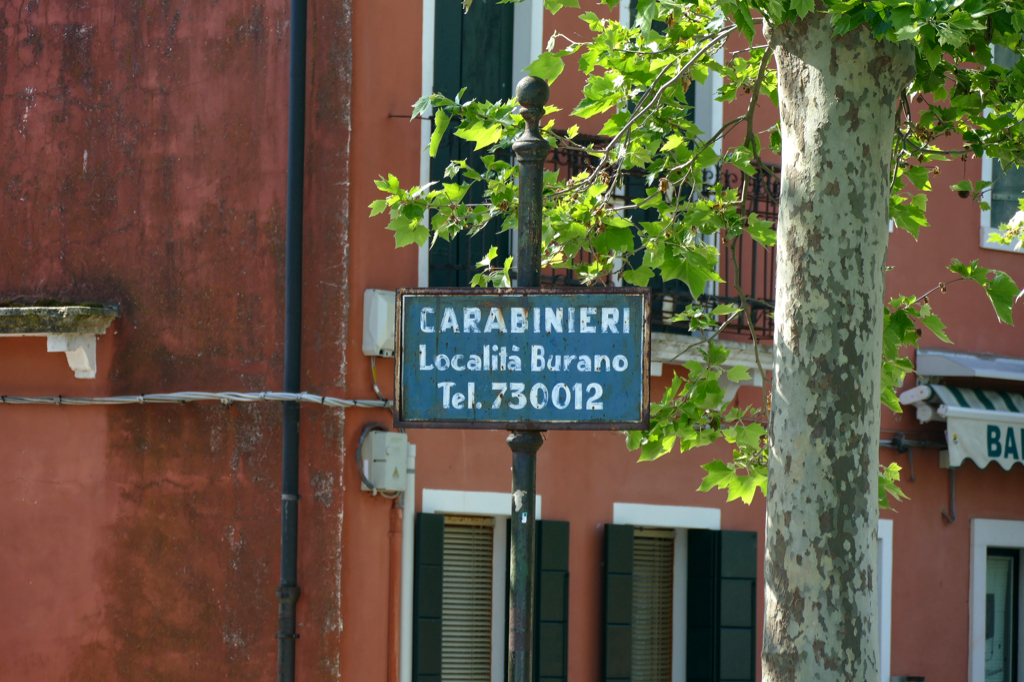
On its walls, Gianfranco Rosso’s house narrates the story of the island of Burano. The tides, the carnival, the lace makers, the fishermen, and the regattas are depicted on the wall facing the canal.
This house, or rather museum, is located near the Fondamenta Park, in the area of the new fish market.
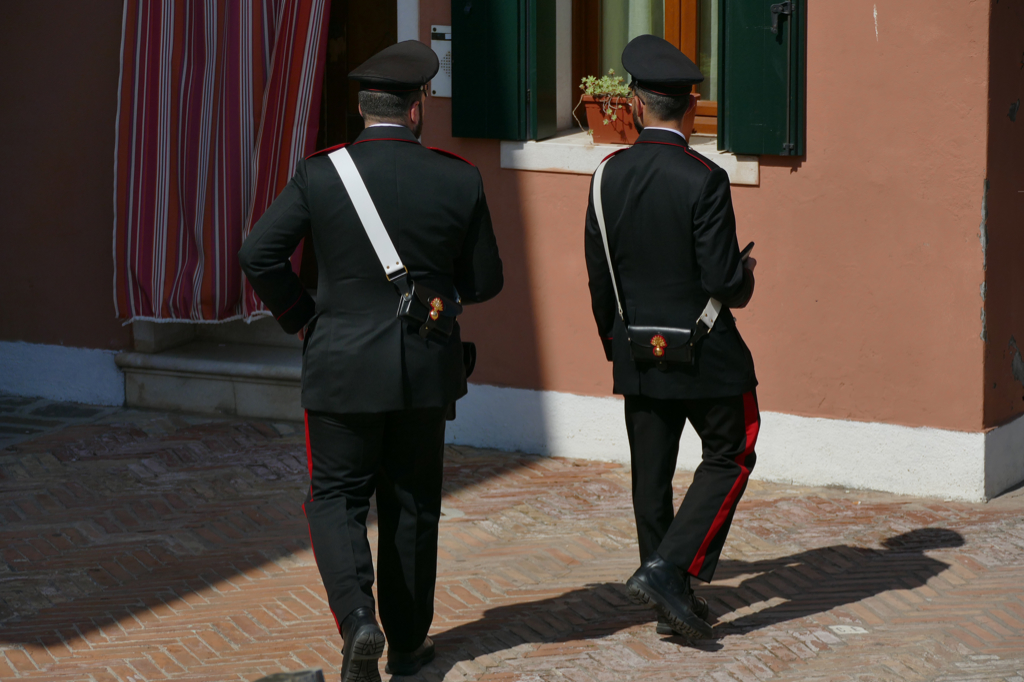
Finally, on Piazza Umberto I, a bricked façade takes the cake: Here, each and every brick is painted in a different color – as if a child simply used up all his Lego bricks in one single construction.
Beyond Colors
While Burano’s houses are actually the greatest attraction, there are a couple of spots you might want to visit, too. Most of them are around Piazza Galuppi. The composer Baldassare Galuppi was Burano’s most famous son and although he worked mainly around his home in Venice, he actually also spent part of his career in Vienna, London, and Saint Petersburg. Apart from the above-mentioned Museo del Merletto there is also an Istrian well made from stone and dating all the way back to the 6th century.
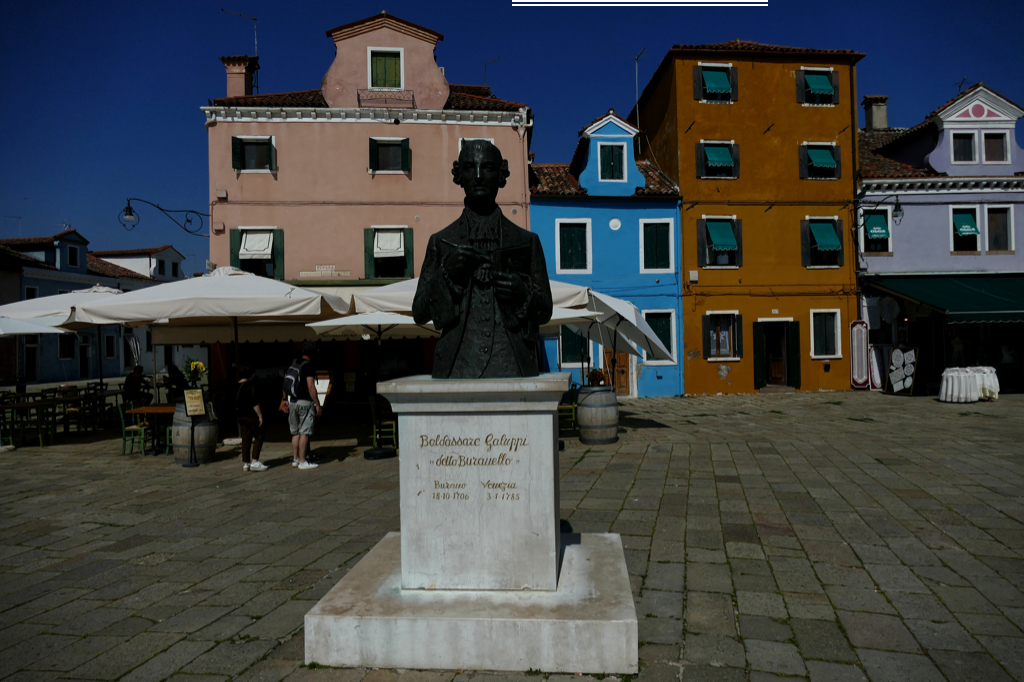
The most important landmark, however, is the Chiesa di San Martino. Inside as well as at the Oratory of Santa Barbara right next to the church, you can admire a couple of paintings, including a Crucifixion by Giambattista Tiepolo.
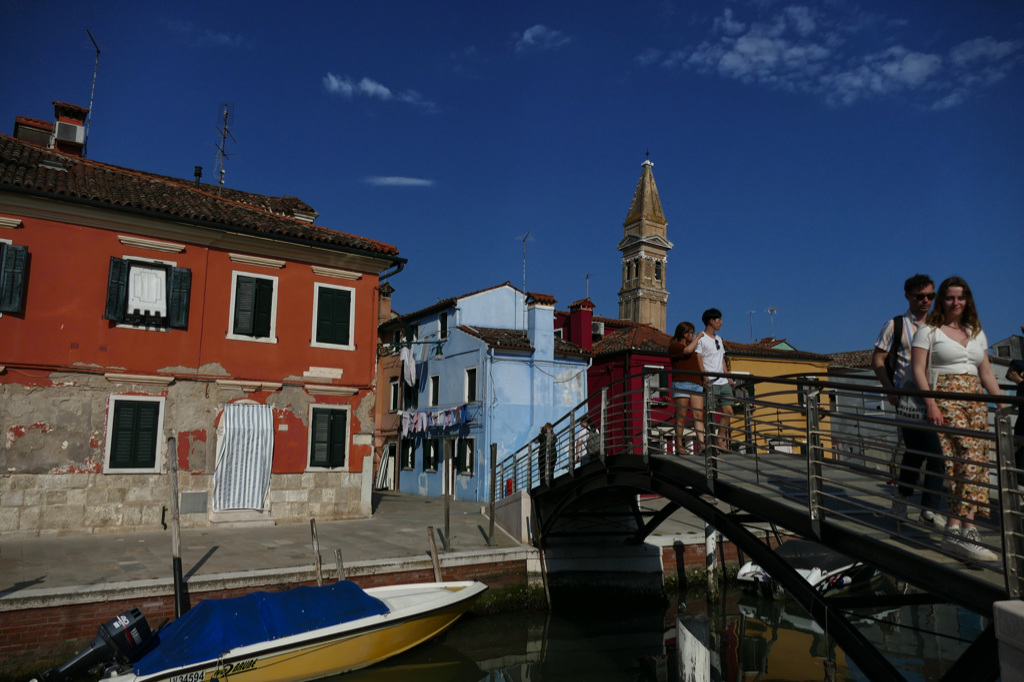
The most outstanding feature, however, is the belfry – literally and metaphorically. The 53 meters high tower inclines 3 percent from its axis due to land subsidence. That’s less than its big brother in Pisa who’s leaning on almost 4 percent. In the past, its top was crowned by an angel. Due to a heavy storm, it collapsed in 1867. Today, an iron cross replaces the fallen angel.
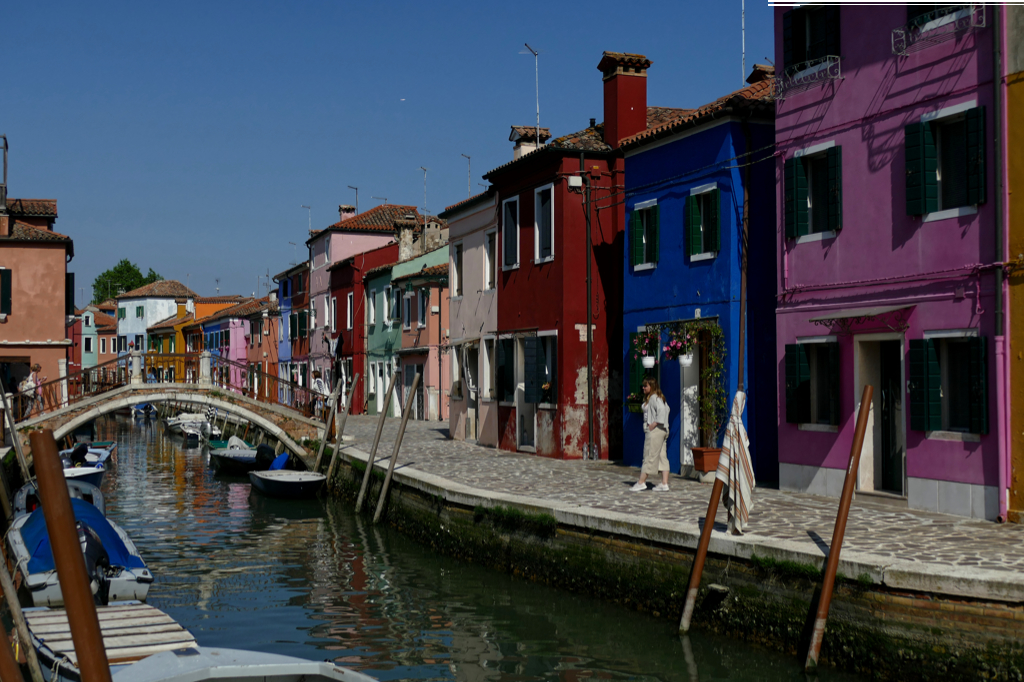
The best spots to look at the leaning bell tower are Terranova’s marble bridge and the Fondamenta della Guidecca.
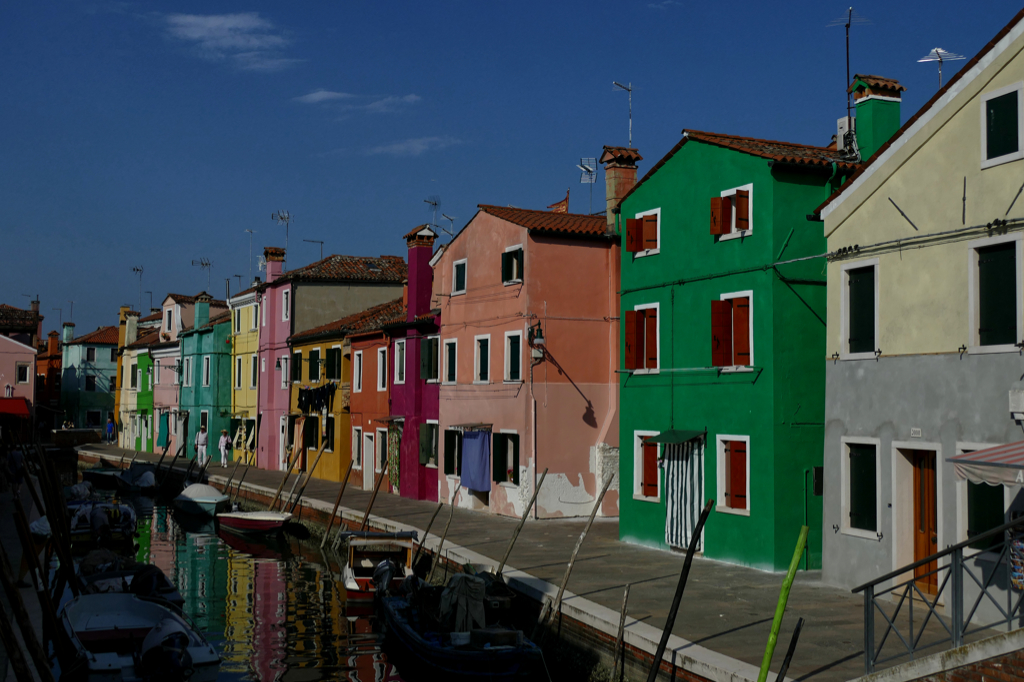
Another bridge you should definitely cross is Tre Ponti. Not only does this bridge connect three fondamente in one place. From its top, you also have the best views of the most colorful and mesmerizing of Burano’s streets.
Flying Sailing Visit to Torcello
Once you’ve made it all the way to Burano, you should definitely add a flying visit to Torcello. Although today, this isle leads a rather insignificant existence, especially compared to its glorious past, it still is worth the detour mainly for the beautifully decorated Byzantine Basilica Santa Maria Assunta.
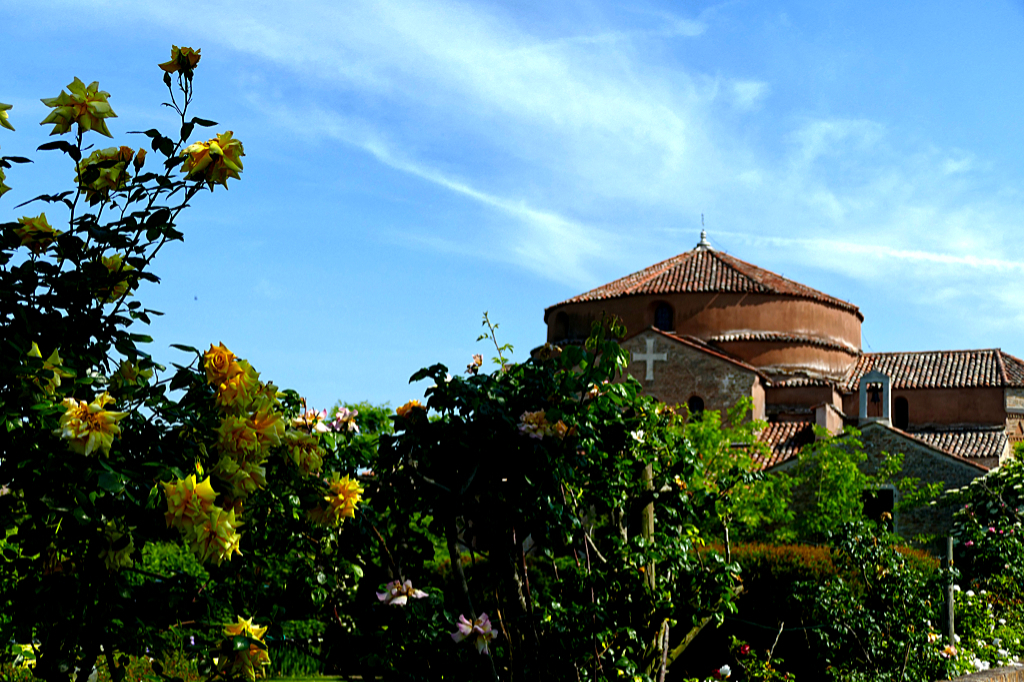
To get there, just hop on boat #9 which shuttles visitors from Burano to Torcello and back every day between 9.30 a. m. and 6 p. m. Beyond those hours, vaporetto #12 to Murano and Burano serves also Torcello; but what do you want to do there beyond those hours, anyway?! On the other hand, for some valid reasons why to visit Torcello, check out my post on Torcello – a church, a bridge, and 25 residents.
How to Get There And Around
Although the Centro Storico, the fish-shaped historic center of Venice can be reached and also explored by walking, this is not an option if you want to visit also the other islands scattered in the Venetian lagoon. There is a total of 120 isles of which only 11 are permanently inhabited. Those, you can reach only by boat.
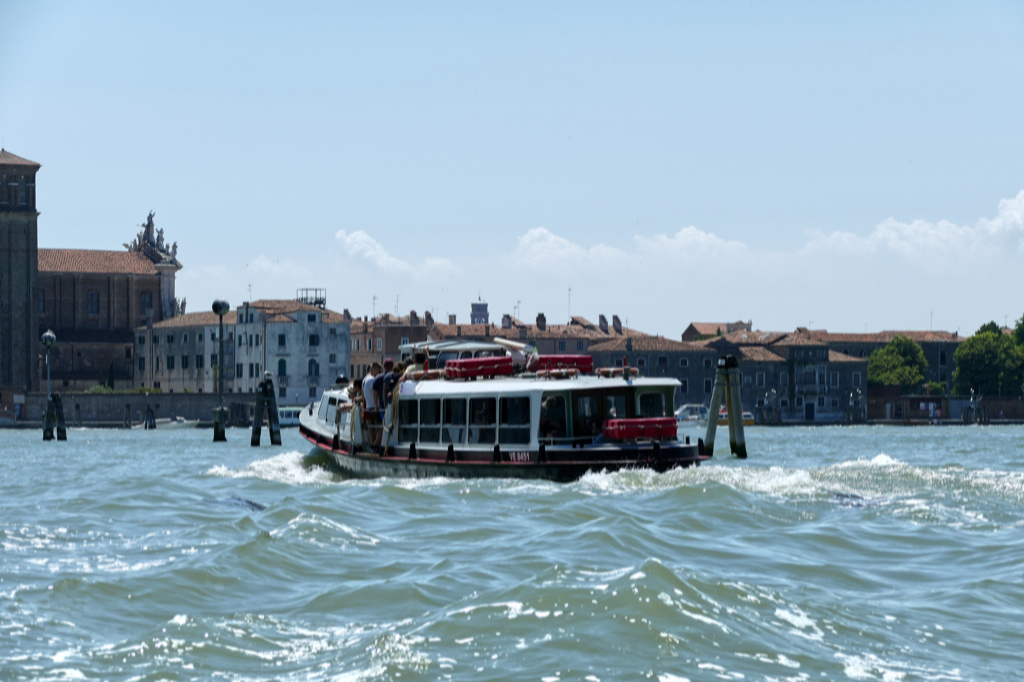
Fortunately, apart from public land transport, the ACTV transport company has also a comprehensive net of vaporetti, water buses taking you to any place in the lagoon on a regular schedule.
There is vaporetto line #12 going from the stop Fondamente Nove on the northern edge of the Centro Storico to Burano. It makes a stop at the lighthouse of Murano and goes in the early morning and late afternoon also to the island of Torcello. During the remaining time, there is the shuttle boat #9 travelling between Burano and Torcello every 15 minutes.
Once the regular vaporetti are suspended, there is a nightly connection by line NLN; hence, you never get stuck on any of the islands overnight.
ACTV has an excellent website and even an App for iOS and Android. To get an overview of your options, check out their very neat system map.
Which Ticket to Buy
While at 9.50 €uros, individual tickets are ridiculously expensive, there are travel passes that are actually not that bad. The more days you buy, the cheaper are your rides. Here is a chart on how much you pay for a day pass:
| 24 hours | 48 hours | 72 hours | 168 hours (7 days) |
| 25 €uros | 35 €uros | 45 €uros | 65 €uros |
Note that a 24-hour ticket can actually be used on two days since the clock starts ticking the moment you validate your ticket and lasts actually 24 hours. With the other tickets, it’s the same, obviously.
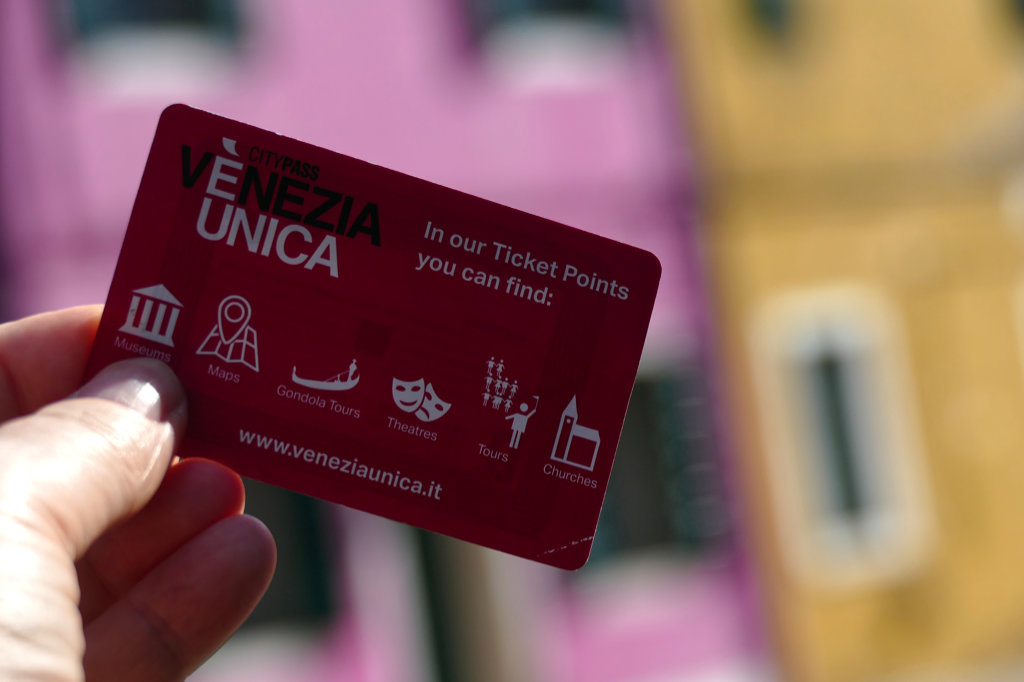
By the way, if you go to Burano from the Centro Storico by water taxi, be prepared to fork out 130 €uro one way. Just sayin’.
Rolling Venice
Young people under 29 years of age get an even better deal with the Rolling Venice Card. This title costs 6 €uros and is valid for one whole year. Not only do you get great discounts at many museums and other places of interest. You also pay only 27 €uros for a 72 hours-pass instead of the regular 45 €uros. Unfortunately, you can actually buy only 72 hours-passes. But if you stay for instance for a week, you can get two so that you pay only 54 €uros in total.
The passes are also valid in other parts of the Venetian area for instance on the buses on the Lido di Venezia and on buses, trains, and the tram in Mestre. All in all, they are a really great deal.
There are passes that include trips from and to the Marco Polo Airport. However, keep in mind that as you activate your pass at the airport, the clock starts ticking. It might be cheaper to pay that extra fee for those trips in order to activate your pass later when you need it for your sightseeing.
Getting There Organized
Although it’s very touristy, indeed, on a sunny day, an organized trip to the other Islands like Murano with its glass artisans, the fishing village of Burano with its lace industries, and the great church houses of Torcello is just beautiful.
If you want to visit those three gems on your own, you should buy at least a day pass. You can then catch the vaporetto #12 at the stop Fondamente Nove. If you are coming from Piazzale Roma or the train station, you can also take vaporetto #4 and then change to #12 at the stop Faro on Murano. Why? Because it can get really crowded over the day, hence, the best itinerary is to take an early vaporetto to Burano so that you get to Torcello by vaporetto #9 around 10:30 when the Basilica Santa Maria Assunta opens her gates. Eventually, you spend a couple of hours in Burano before you end your day at Murano.
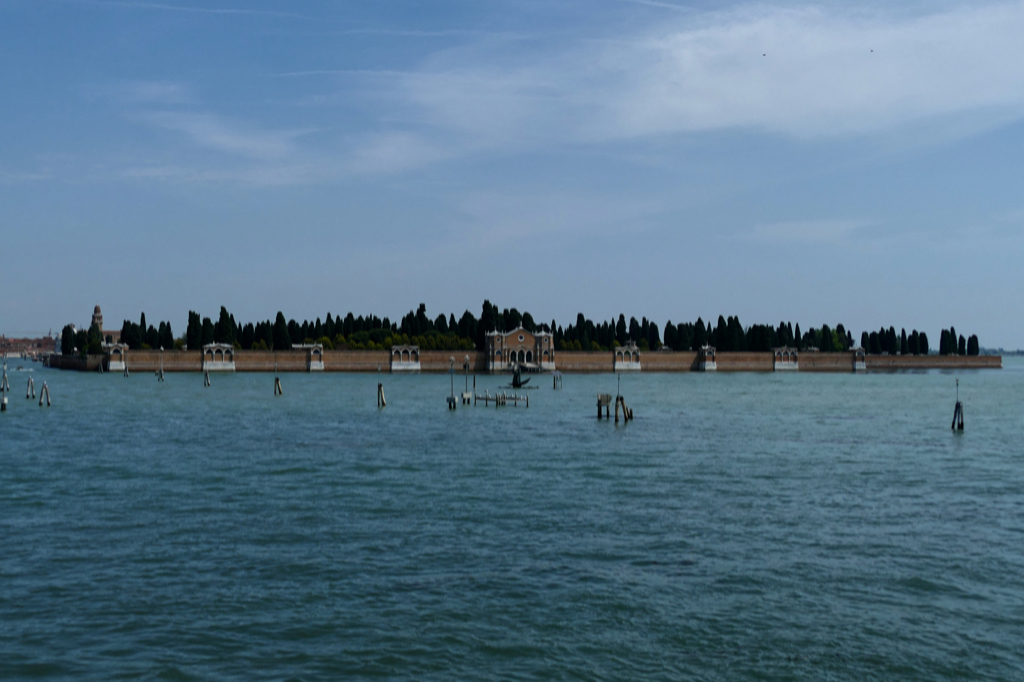
This way you strive a bit against the stream of visitors. I’ve put together a guide including many good tips to make your day trip smooth’n’fun.
Nevertheless, another valid option is to visit the three isles on an organized tour. This option is even not more expensive than going by yourself. However, you have to stick to their schedule and itinerary which can be a bit of a drag. On the other hand, you don’t have to jiggle timetables and check out routes. You just hop on a boat and leave the planning and organizing to others*:
What to Eat And Where to Sleep
Most visitors come to Burano on a day trip which is fine with regard to the number of landmarks you’ll find there. As I explained, visiting Burano is mainly walking up and down alleys and awing at the incredibly bright’n’beautiful façades.
Yet, it is absolutely recommendable to stay the night as you get to know the place in a totally different atmosphere once the throngs of people are gone.
Open this link* to find a choice of convenient small lodging options.
Since Burano mainly caters to day-trippers, there are many restaurants serving all the nice treats you also get in Venice or on the mainland. Prices are approximately like in the Centro Storico.
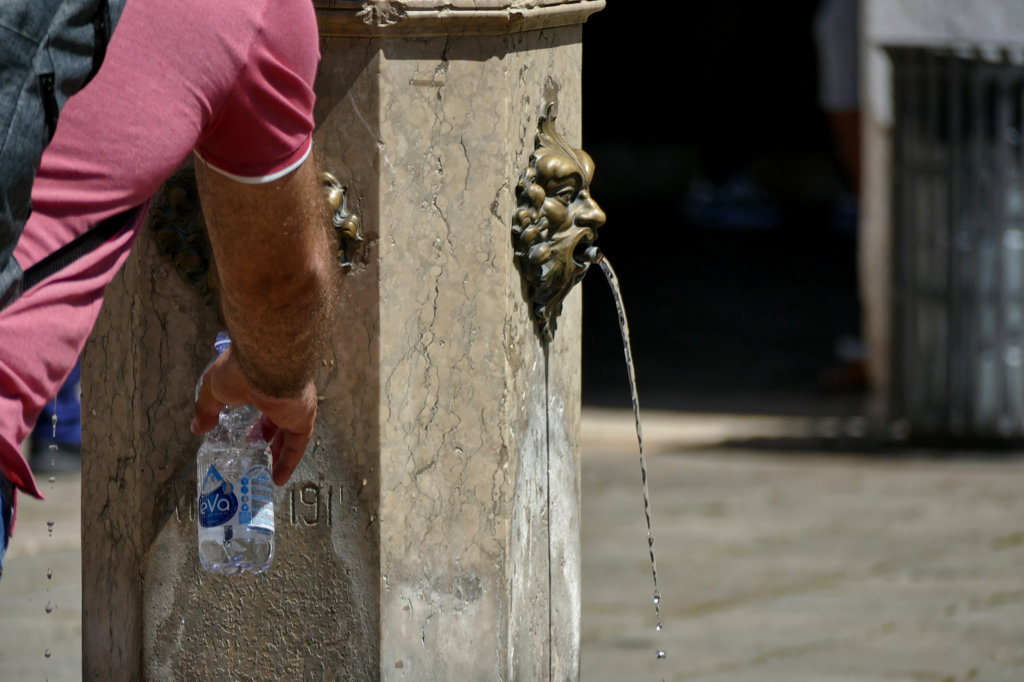
Like in many places around Italy, you can save some money – and the environment more plastic – if you drink the water from the fountains you find in many places and on basically every square. Yes, for you Italy-rookies, those fountains might not look that trustworthy but don’t worry, unless there is a clear sign stating otherwise, it is tasty clean drinking water.
Venice Entrance Fee
Yes, it’s true: In its fight against merciless over-tourism, Venice has installed an entrance fee. However, apart from countless other exemptions, you don’t have to worry about it if you are visiting the smaller islands like Murano, Burano, Torcello, and the Lido.
For more information on this, and a visit to Venice in general, go to my post VENICE on a Budget: When to Go, Where to Stay, What to Eat, And Much More.
Map
Burano is not that big, however, this map should show you at once glance which spots not to miss. Clicking on the slider symbol at the top left or the full-screen icon at the top right will display the whole map including the legend.
If you have more time to spend in Venice, make sure to also check out my posts on the glass-producing island of Murano, the small islet of Torcello, as well as the Lido di Venezia. In this guide, you’ll find a comprehensive itinerary on how to visit the three islands in the Venetian lagoon on a self-guided Vaporetto ride.
Pinnable Pictures
If you choose to pin this post, please use one of these pictures:
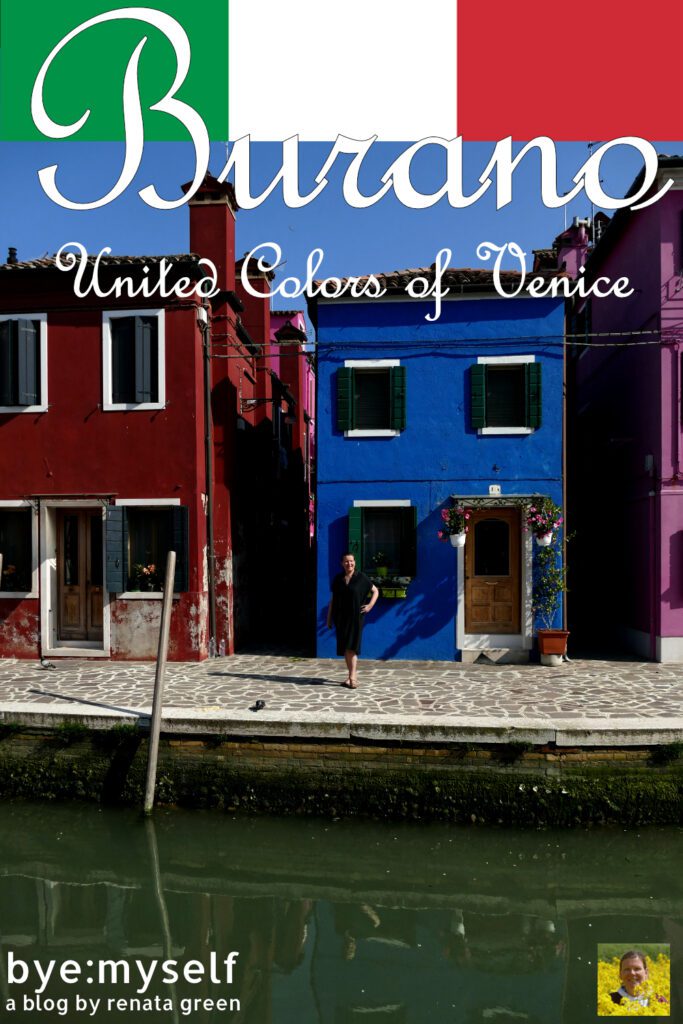
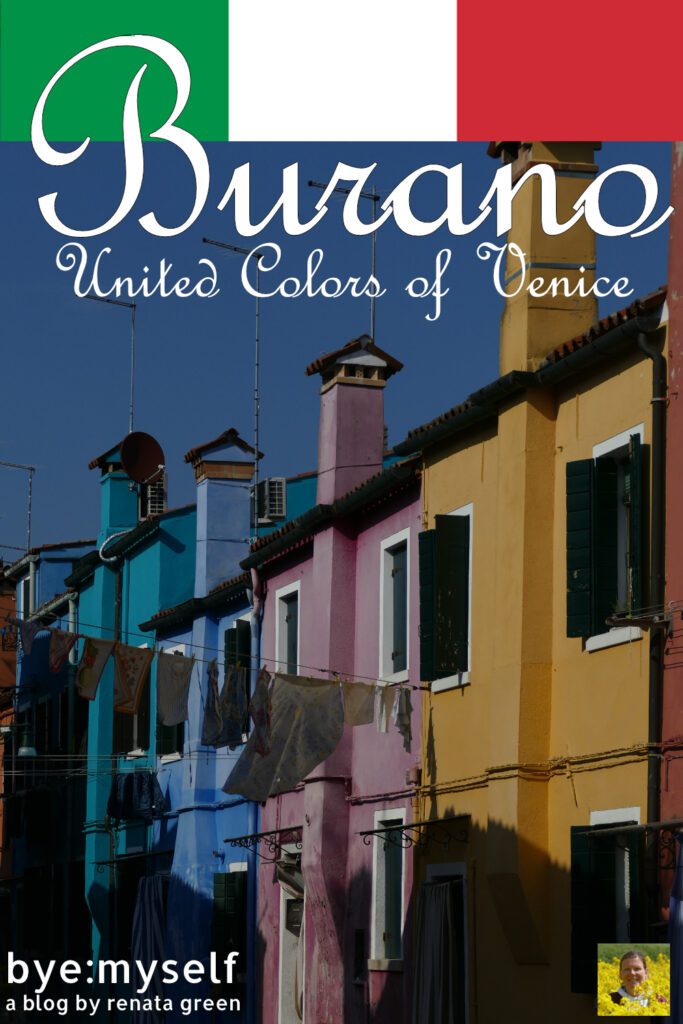
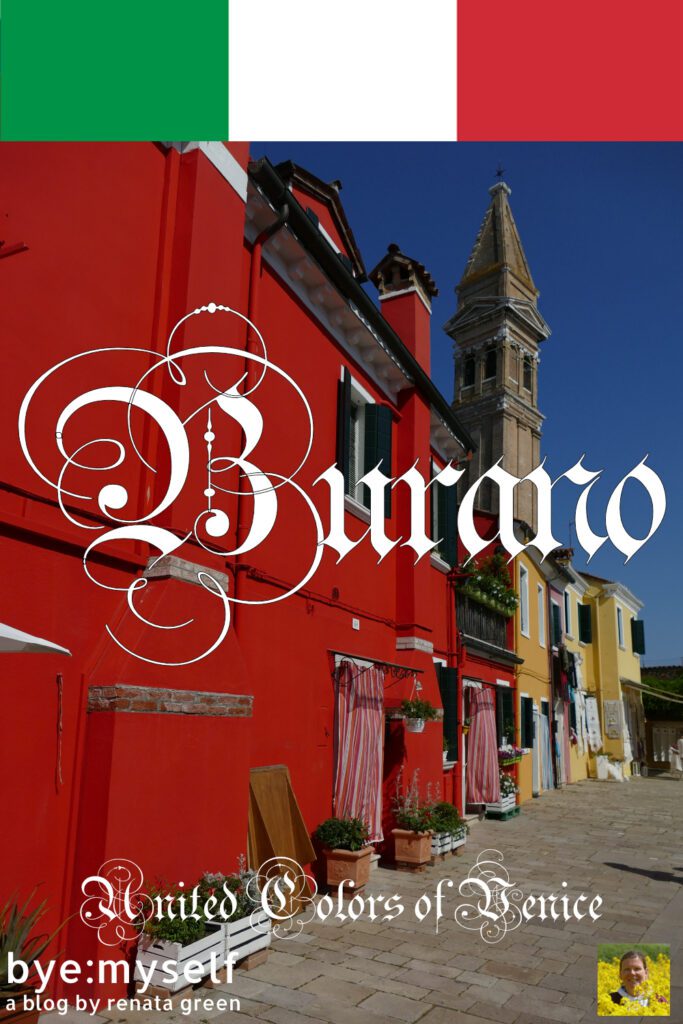
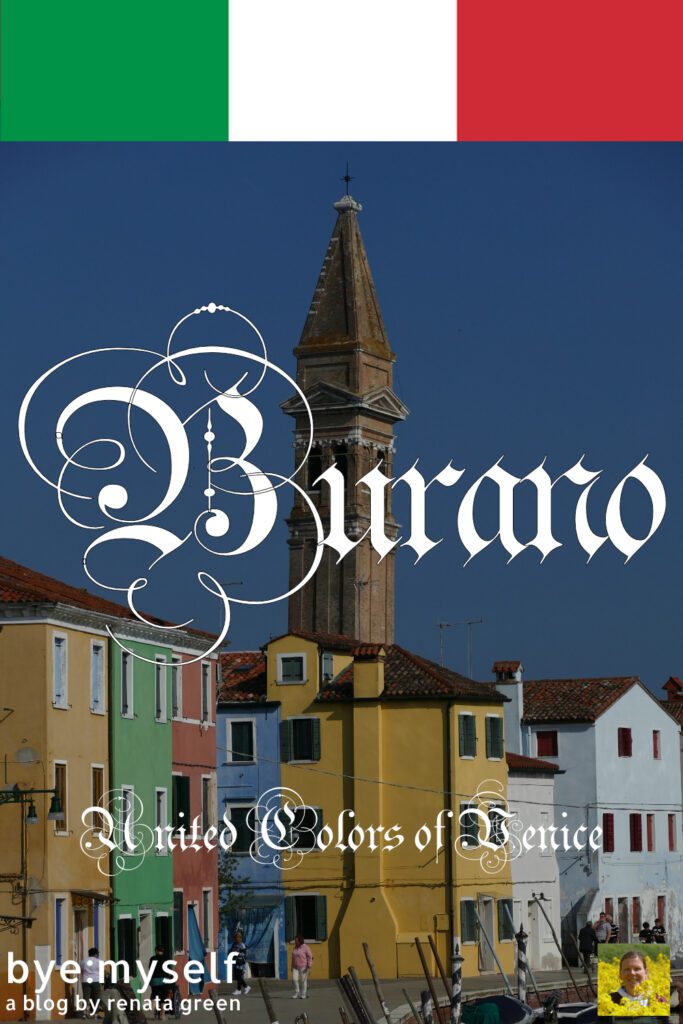
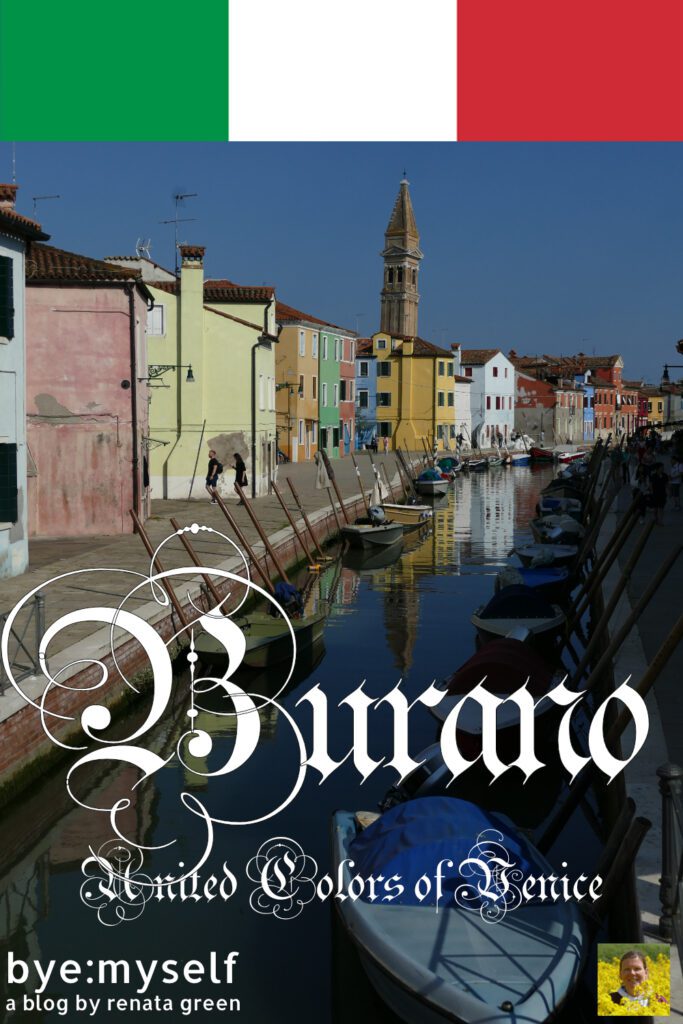
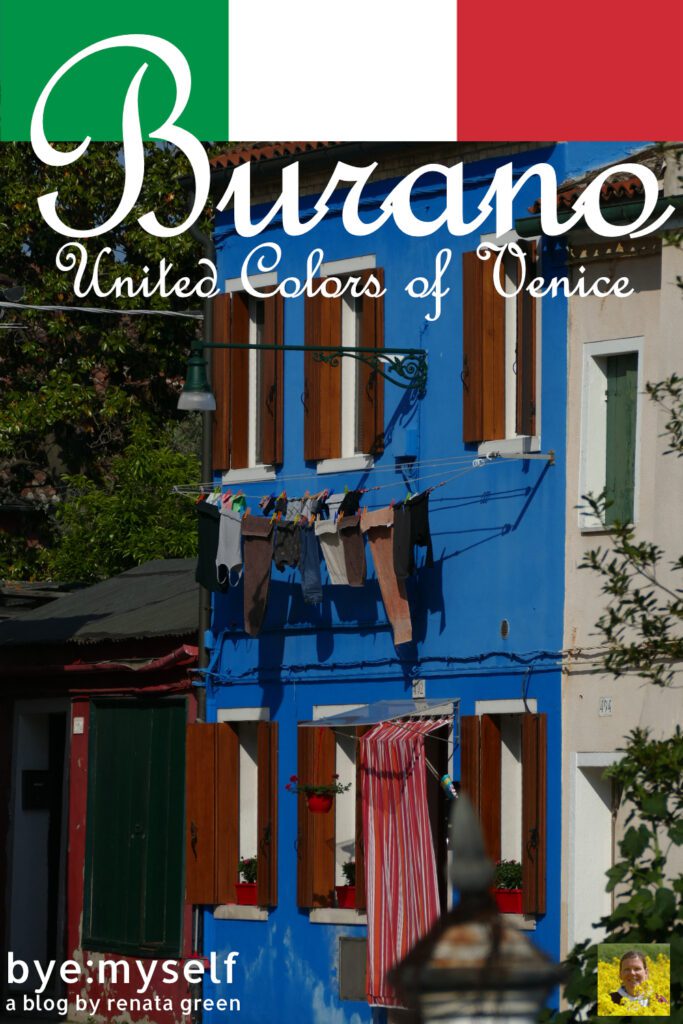
Did You Enjoy This Post? Then You Might Like Also These:
TIVOLI – Villas, Waters, and Wealth. A Day Trip from Rome
Welcome, World! Come In And Join Me In My Italian Online Course at the Scuola Leonardo da Vinci
LA SPEZIA and PORTO VENERE – Precious Gems on the Ligurian Coast
How to Visit the Biennale di Arte in Venice in 2022
Best Things to Do on a Long Weekend in Milan
location location location – my adventurous accommodation choices
ROME for first-timers, repeat visitors, and eternal admirers
Take a Break: The Three Best Beaches You Can Easily Visit From VENICE
Note: This post is being regularly completed, edited, and updated – last in July 2024.
* This is an affiliate link. If you book through this page, not only do you get the best deal. I also get a small commission that helps me run this blog. Thank you so much for supporting me!
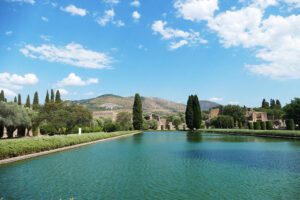

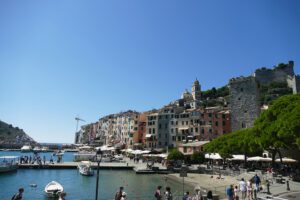

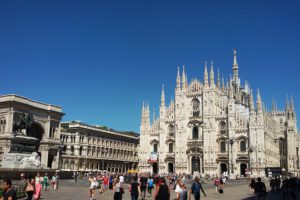


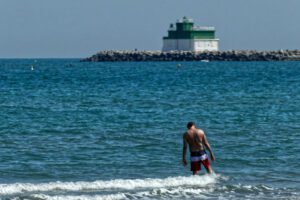
what a great website – this helps me so much in planning my trip to italy! thank u so much!
I’m glad this is helpful – enjoy Burano!
I missed out on seeing the most colourful island in the world. We were set to go here when in Venice, but I unfortunately came down with a nasty flu that limited what I did. I would have loved to gaze upon the wonderful architecture, people watch in the piazza and maybe check out the lace museum.
I visited Venice a dozen times before I finally made it to Burano. So next time, you simply stay well and go – it’s waiting for you 😉
This place looks so beautiful and the buildings in different colours are gorgeous. I would love to visit one day!
Yes, it’s really beautiful 🙂
This place is charming! Thank you for sharing a bit of its history. This made me appreciate it more. Would love to visit in the future. Appreciate the tip on the tickets. It’s nice that they allow you to maximize it for 24 hours and not by end of day.
Yes, that makes it a really good deal 🙂
Two years ago, I considered visiting BURANO as a possible destination for my trip. It’s not something that’s featured very often. Everything appears to be vibrant and fun! Thank you so much for this comprehensive guide!
From Venice, a visit is really quick’n’easy 🙂
We have visited Murano but strangely have missed a visit to Burano. I am definitely convinced we need to spend a day there when we get to Venice next. The colourful buildings would cheer me up. And even though I usually don’t buy souvenirs, I might be tempted to buy some local lace products. We will certainly plan to visit Torcello when we are there.
It took me I don’t know how many trips to Venice to finally make it to Burano….
the place is amazing and you captured it wonderfully! great guide, it take me back and really make me miss the area!
You can always come back 🙂
What a pretty place to visit and explore on a day trip. I have seen the images from here before and it’s tempted me to go just because it looks lovely.
I also knew it from pix – and it actually is as beautiful as you think 😉
Burano is my favourite place in Venice. I really don’t mind that it’s touristy, it’s so beautiful and the colours are incredible. We’re going back again in July, but living close by, a day trip is perfect.
Believe it or not – after dozens of visits to Venice I went there for the first time just recently 😉
There are so many places I want to go, and this is definitely one of them. I love the bridges and brightly colored buildings. They are so whimsical.
It is a fantastic place – so fun!